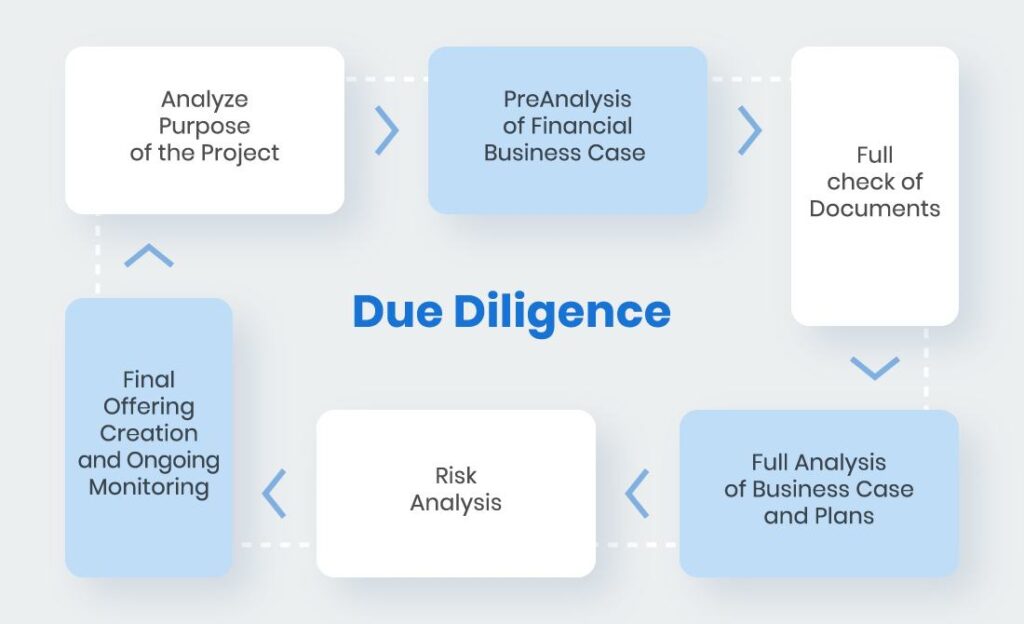The Ashcroft Capital lawsuit has attracted widespread attention in the real estate investing industry. As a legal case that involves fiduciary duty, asset management, and investor protection, it has raised concerns related to the general role of the private equity firms in protecting investors. To see the complexities and implications of the lawsuit, it is necessary to analyze the facts, who is involved, and what it may mean to the multifamily real estate investments.
Understanding the Ashcroft Capital lawsuit
One of the largest real estate multifamily private equity funds, Ashcroft Capital, is currently facing the ashcroft capital lawsuit in the U.S. District Court of New Jersey. The plaintiff, who is supposed to be an investor or a small group of limited partners, has accused the firm of malfeasance of deeds and violation of fiduciary duties of various levels. Although the exact allegations are still in the discovery process of being evaluated, the allegations revolve around, but are not limited to, poor management of the cash flow, possible inconsistencies in communication with the investors, and the failure to comply with formal compliance systems.
Key Players in the Case
1. Joe Fairless
Joe Fairless is a prominent real estate investor, co-founder of Ashcroft Capital, incidentally a public figure in the passive real estate, in addition to syndicating apartments. His participation contributes a lot to guilt in the claims since through his leadership and meeting with the stakeholders, he has earned the firm a good reputation.
2. Frank Roessler
Frank Roessler, instrumental in the management of value-add multifamily apartment communities of Ashcroft Capital, is yet another important figure in the case. His actions in the management of fiduciary obligations of the firm are being questioned as the court documents illuminate the management fees and transformation of property strategies.
3. Anthony Cautero
The case also mentions Anthony Cautero as a top Ashcroft Capital employee responsible for providing asset management status reports and internal review practices at the company. There are claims of breakdown of organization in due diligence and the failure to take appropriate measures on poor holding.
You can also read about shannon reardon swanick
Core Issues in the Ashcroft Capital Lawsuit
Fiduciary Duty and Investor Protection
The Ashcroft Capital lawsuit centers on fiduciary responsibility and investor protection. Along with any other private equity firm, Ashcroft Capital has the duty to act in the best interests of the limited partners. This is through fair reporting, risk control measures, and careful investment control. The plaintiff has complained about lapses in these sectors, with court reports indicating laxity in regulation enforcement and the initiation of a proactive communications campaign.

Cash Flow and Financial Management
Most of the accusations involve discrepancies in cash flow reporting and the application of the private placement memoranda. Investors allege that the returns occasioned by multifamily real estate portfolios were not impressive even after large deposits into the Ashcroft Legacy Funds. There have also been concerns as to whether the firm can cope with the increase in interest rates that determine the profitability of the long-term investments.
Regulatory Compliance and Oversight
Regulations such as Regulation D regulate the selling of securities that the private equity firm Ashcroft Capital follows. There are allegations of failure to observe these standards, thus exposing the investors to market dynamics and inefficiency in operations.
You can also read about client relationship partner
Implications for Real Estate Investment
The Ashcroft Capital lawsuit may have far-reaching consequences for Ashcroft Capital and the broader real estate investment industry. The consideration of litigation tends to compel the revision of due diligence procedures at the firm, the enhancement of internal oversight mechanisms, and more efficient handling of investor lines of communication at the private equity companies. Moreover, the case emphasizes the necessity of stakeholder meetings in order to deal with their concerns in uncertain times.
The Importance of Transparency and Compliance
Among the most important lessons, transparency in asset management should be identified. Companies should make sure that the protection of investors is a priority, especially with multifamily real estate and other complex portfolios. Investment performance announcements must not get out of sync with the actual performance, as it is written in the court filings, in order to gain confidence.
Reassessing Due Diligence Processes
This case law is a reminder to companies under Ashcroft Capital and others that having strong due diligence procedures is necessary. The strategic planning, predominant control, and alignment of stakeholders are the attributes that ensure the continued health of value-added multifamily apartment communities even in the long term.

Key Lessons for Real Estate Investors
However, whether you are a passive investor or part of a private equity firm, there are some valuable lessons to be learned about what is happening to Ashcroft Capital:
1. Perform Comprehensive Due Diligence
It is always better to consider the past performance of a firm when they are undertaking apartment syndications and when it comes to subperforming assets. Ask questions that concern compliance systems and how they deal with fiscal hiccups.
2. Monitor Investor Communications
Proper and timely information about the company is crucial in ensuring investors have trust. The companies are forced to focus on returns given by the investor and remain responsible to their limited partners.
3. Understand Market Perception
Legal issues may also have a far-reaching effect on the perception of the markets towards the private equity firms. The promotion of positive initiatives is visible in the ambience and can reduce the costs that are inflicted by the financial news publishing systems.
4. Focus on Asset Management Strategies
Property investments are pegged highly on management. To derive value, firms have to spend on innovative property displacement processes, especially in those markets that are competitive, such as the Sun Belt.
You can also read about app development for startups with garage2global
Closing Thoughts
The Ashcroft Capital court case is a lesson to both real estate companies and investors. It illuminates the vital nature of the concept called fiduciary duty, accountability, and transparency in bringing about trust in the perspective of the private equity industry. This case highlights to the investors that they need to demonstrate due diligence in the selection of their asset managers and exercise continuous monitoring. To companies, it makes compliance, flexibility, and free communication stronger.
With the ideas of the legal and operational dynamic in place, the stakeholders would make better decisions, and they would end up protecting their investments in the more complex real estate environment.
